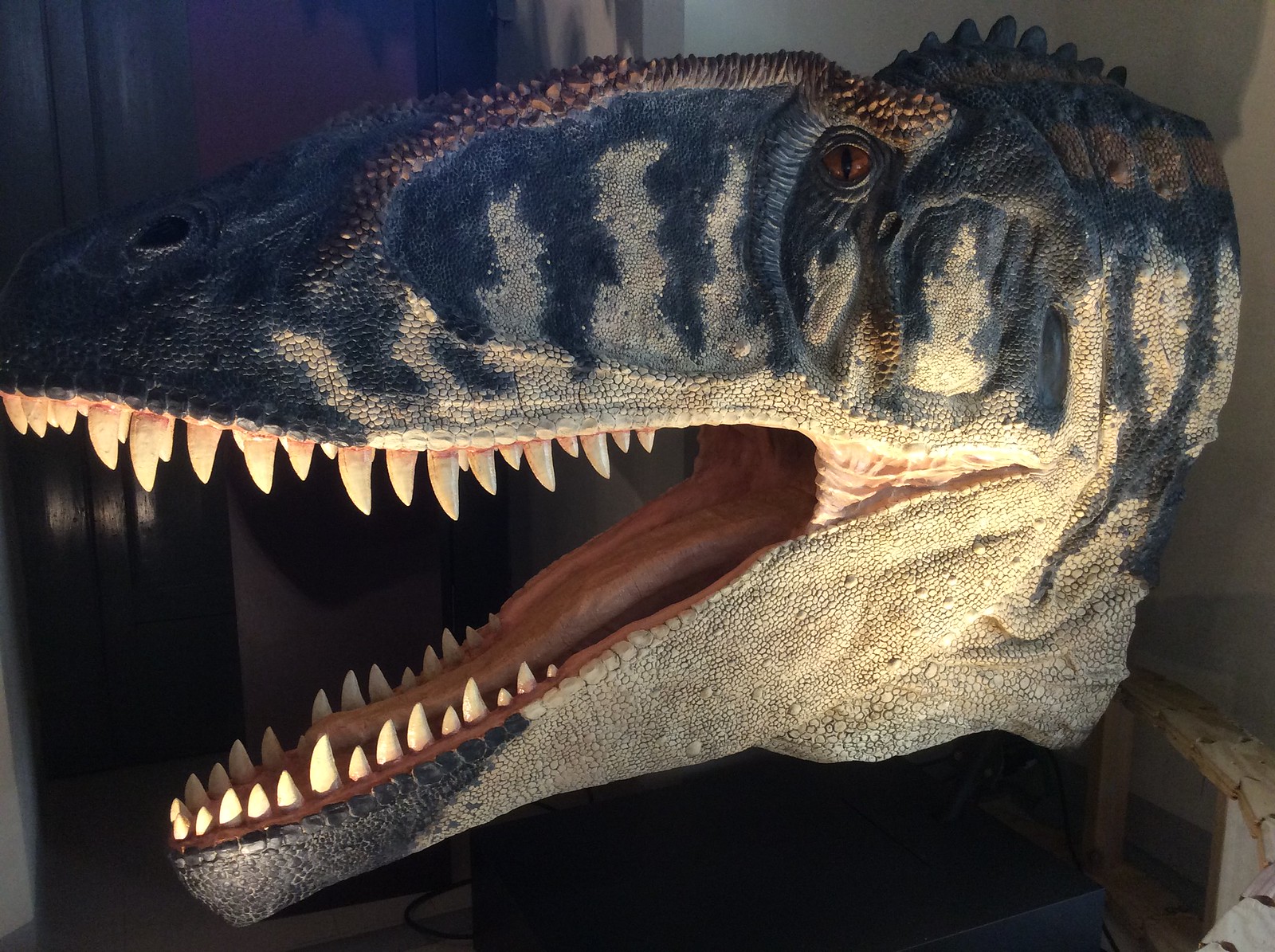Post by Vodmeister on Mar 19, 2014 21:46:49 GMT 5
Hyaenodon gigas
Hyaenodon ("hyaena-toothed") is an extinct genus of Hyaenodonts, a group of carnivorous creodonts of the family Hyaenodontidae endemic to all continents except South America, Australia and Antarctica, living from 42—15.9 mya, existing for approximately 26.1 million years. Typical of early carnivorous mammals, the Hyaenodon had a very massive skull but only a small brain. It had a long skull with a narrow snout - much larger in relation to the length of the skull than in canine carnivores, for instance. Its neck was shorter than its skull, while its body was long and robust and terminated in a long tail. Despite the name, these creatures are not related to hyenas. H. gigas, the largest Hyaenodon species was much larger, being 500 kilograms (1,100 lb) and around 10 feet.

Kodiak Bear - Ursus a. middendorffi
The Kodiak bear (Ursus arctos middendorffi), also known as the Kodiak brown bear or the Alaskan grizzly bear or American brown bear, is the largest subspecies of the brown bear. They have lived isolated from other bears for over 10,000 years. In the wild, Kodiak bears are found only on the islands in the Kodiak Archipelago off the south coast of Alaska. They are believed to have been isolated there since the last Ice Age over 10,000 years ago. Because of the abundance of food on Kodiak Island, they have smaller home ranges than any other brown bears and have no need to defend territories. The average adult male Kodiak bear stands five feet at the shoulder when on all four and can measure over 10 feet when standing upright. The average adult male weighs between 400 - 500 kgs. Between the springtime when they leave hibernation and the fall, their weight can increase by more than 50 percent. Females are about 20 percent smaller in size and weigh 30 percent lighter than males. Kodiak bears vary in color from beige to dark brown.

Hyaenodon ("hyaena-toothed") is an extinct genus of Hyaenodonts, a group of carnivorous creodonts of the family Hyaenodontidae endemic to all continents except South America, Australia and Antarctica, living from 42—15.9 mya, existing for approximately 26.1 million years. Typical of early carnivorous mammals, the Hyaenodon had a very massive skull but only a small brain. It had a long skull with a narrow snout - much larger in relation to the length of the skull than in canine carnivores, for instance. Its neck was shorter than its skull, while its body was long and robust and terminated in a long tail. Despite the name, these creatures are not related to hyenas. H. gigas, the largest Hyaenodon species was much larger, being 500 kilograms (1,100 lb) and around 10 feet.

Kodiak Bear - Ursus a. middendorffi
The Kodiak bear (Ursus arctos middendorffi), also known as the Kodiak brown bear or the Alaskan grizzly bear or American brown bear, is the largest subspecies of the brown bear. They have lived isolated from other bears for over 10,000 years. In the wild, Kodiak bears are found only on the islands in the Kodiak Archipelago off the south coast of Alaska. They are believed to have been isolated there since the last Ice Age over 10,000 years ago. Because of the abundance of food on Kodiak Island, they have smaller home ranges than any other brown bears and have no need to defend territories. The average adult male Kodiak bear stands five feet at the shoulder when on all four and can measure over 10 feet when standing upright. The average adult male weighs between 400 - 500 kgs. Between the springtime when they leave hibernation and the fall, their weight can increase by more than 50 percent. Females are about 20 percent smaller in size and weigh 30 percent lighter than males. Kodiak bears vary in color from beige to dark brown.





 ). Check out the skull of H. gigas, it was abnormally large compared to the rest of its body;
). Check out the skull of H. gigas, it was abnormally large compared to the rest of its body;












